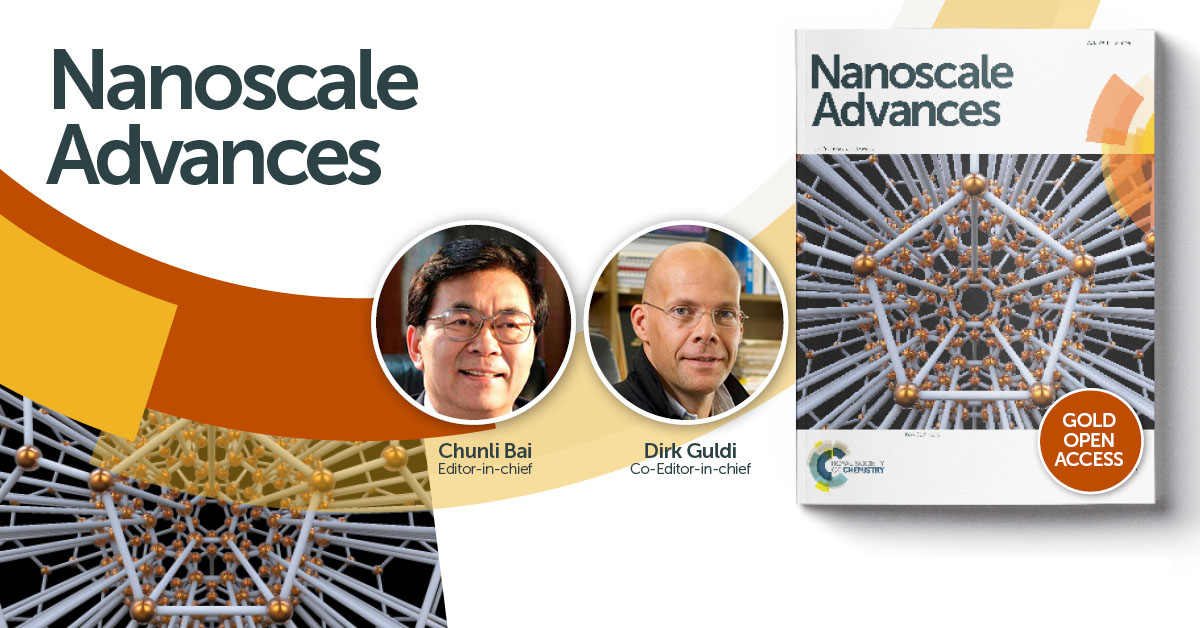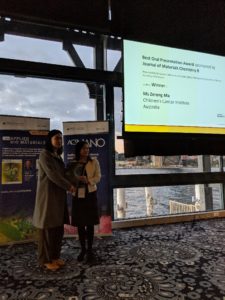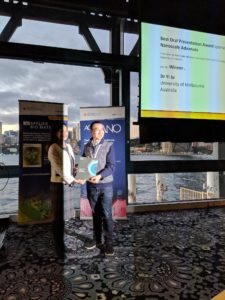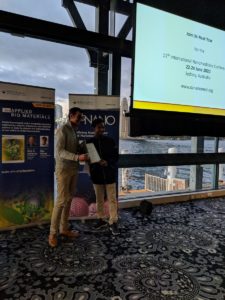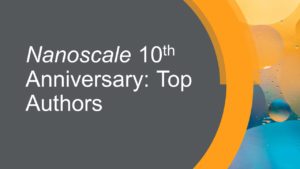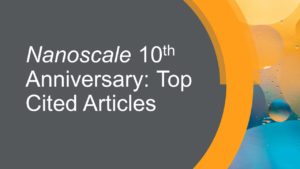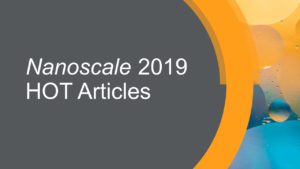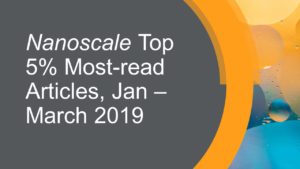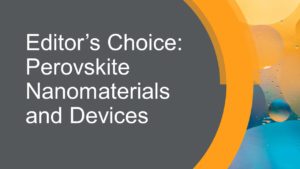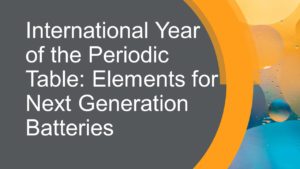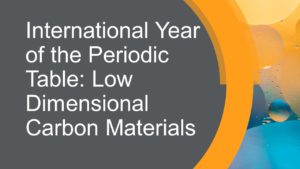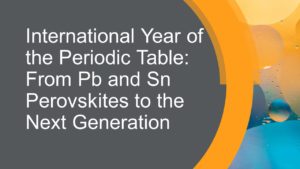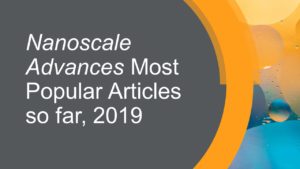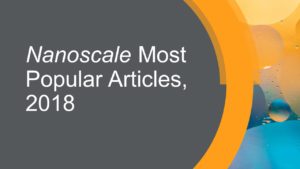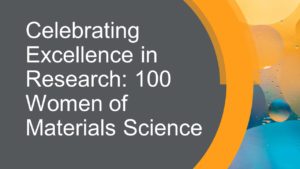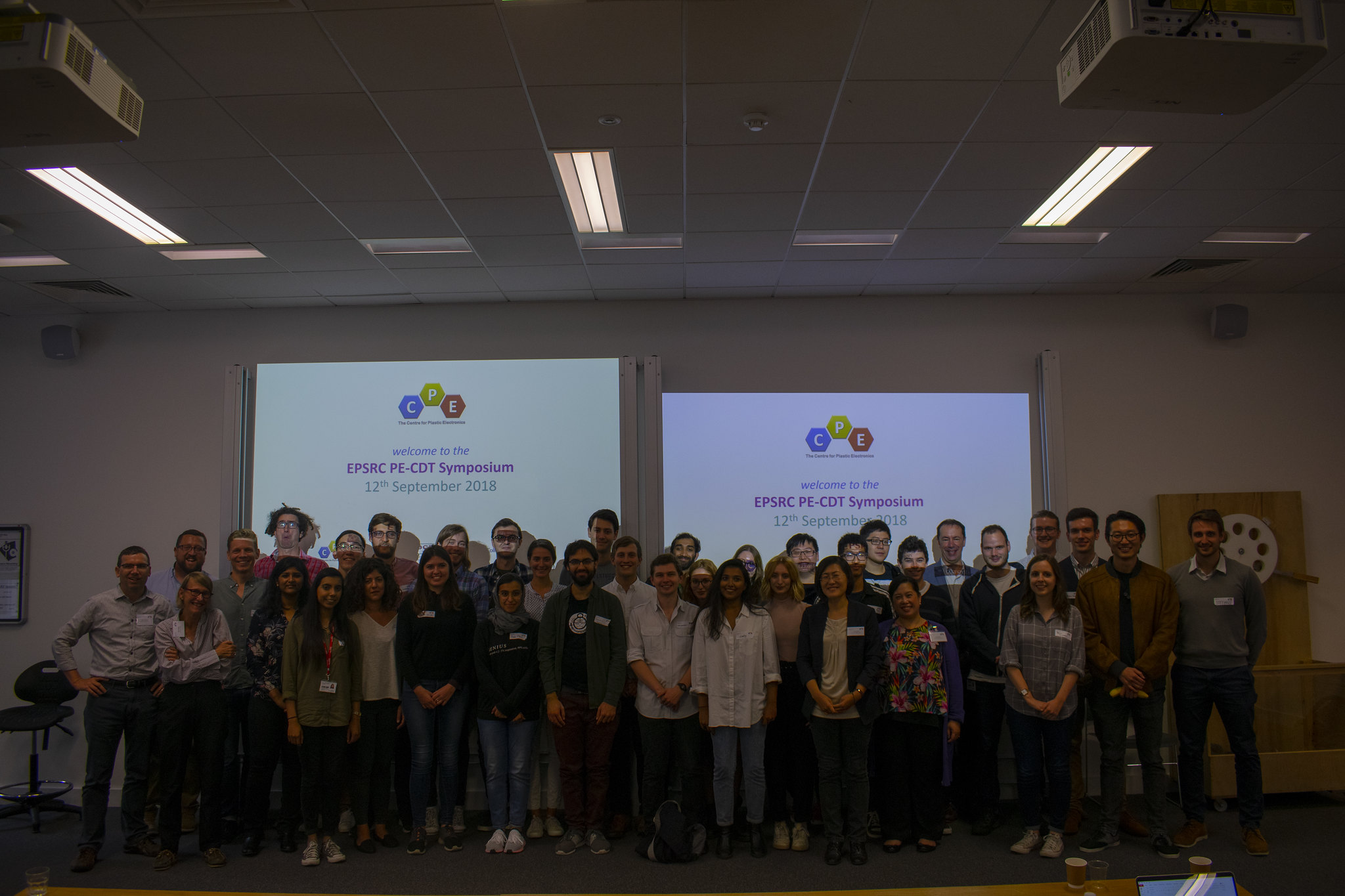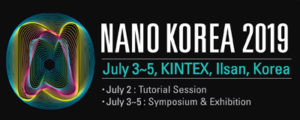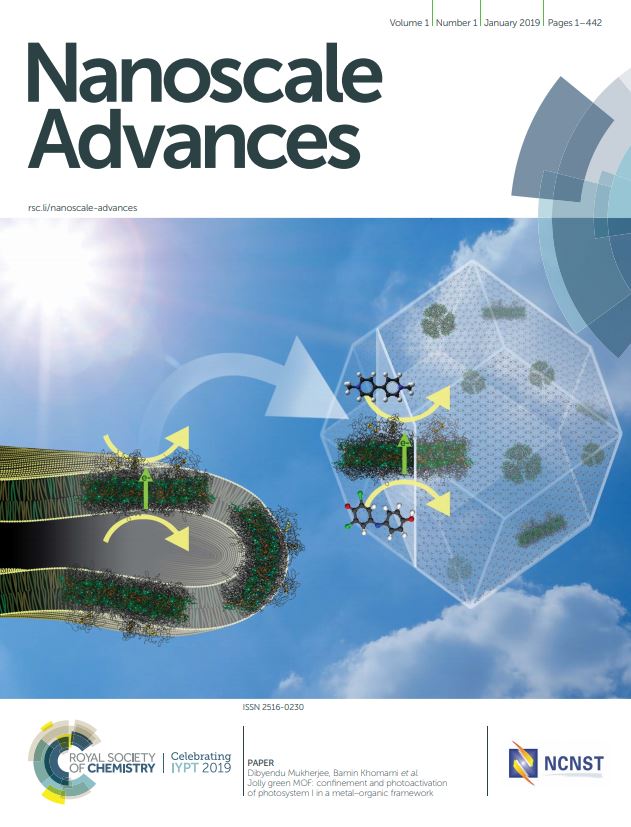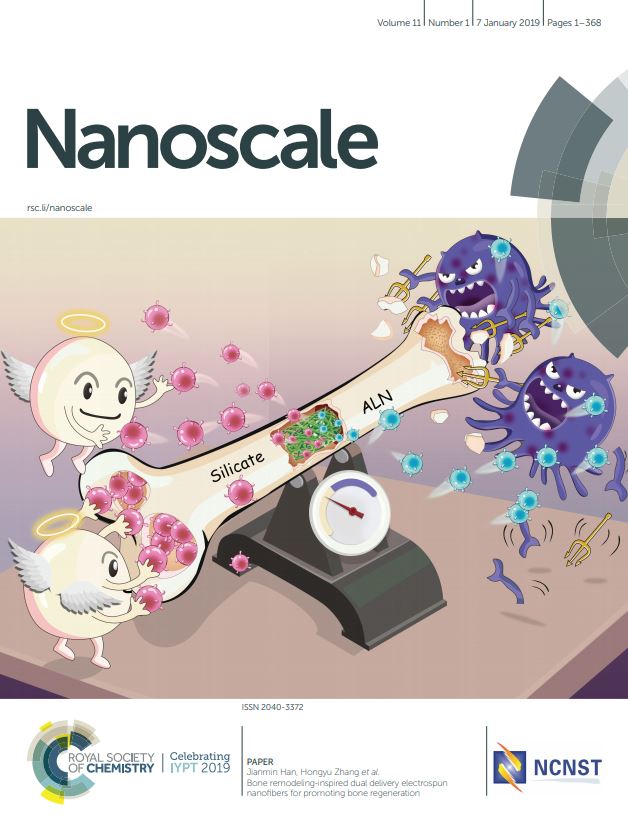 We wanted to share with you some of the most popular articles published in Nanoscale from last year. These articles are the top 5% most highly cited, most read, or most highly shared online throughout 2018.
We wanted to share with you some of the most popular articles published in Nanoscale from last year. These articles are the top 5% most highly cited, most read, or most highly shared online throughout 2018.
Our community have published some fantastic research in Nanoscale during 2018 and we wanted to make it even easier for you to find the best articles.
Nanoscale most popular articles, 2018
Here are just a few picks from the collection. We hope you enjoy them.
Reviews
Plasmonics with two-dimensional semiconductors: from basic research to technological applications
Amit Agarwal, Miriam S. Vitiello, Leonardo Viti, Anna Cupolillo and Antonio Politano
Nanoscale, 2018, 10, 8938-8946
Recent advances in the nanoengineering of electrocatalysts for CO2 reduction
Fengwang Li, Douglas R. MacFarlane and Jie Zhang
Nanoscale, 2018, 10, 6235-6260
Communications
Electrohydrodynamic printing of silver nanowires for flexible and stretchable electronics
Zheng Cui, Yiwei Han, Qijin Huang, Jingyan Dong and Yong Zhu
Nanoscale, 2018, 10, 6806-6811
Fabrication of hierarchical CoP nanosheet@microwire arrays via space-confined phosphidation toward high-efficiency water oxidation electrocatalysis under alkaline conditions
Xuqiang Ji, Rong Zhang, Xifeng Shi, Abdullah M. Asiri, Baozhan Zheng and Xuping Sun
Nanoscale, 2018, 10, 7941-7945
Papers
Graphitic and oxidised high-pressure high temperature (HPHT) nanodiamonds induce differential biological responses in breast cancer cell lines
Benjamin Woodhams, Laura Ansel-Bollepalli, Jakub Surmacki, Helena Knowles, Laura Maggini, Michael de Volder, Mete Atatüre and Sarah Bohndiek
Nanoscale, 2018, 10, 12169-12179
Spray coating of the PCBM electron transport layer significantly improves the efficiency of p-i-n planar perovskite solar cells
Yifan Zheng, Jaemin Kong, Di Huang, Wei Shi, Lyndsey McMillon-Brown, Howard E. Katz, Junsheng Yu and André D. Taylor
Nanoscale, 2018, 10, 11342-11348
Synthesis of garlic skin-derived 3D hierarchical porous carbon for high-performance supercapacitors
Qing Zhang, Kuihua Han, Shijie Li, Ming Li, Jinxiao Li and Ke Ren
Nanoscale, 2018, 10, 2427-2437
For more articles, see the full collection here.
Comments Off on Nanoscale most popular articles published in 2018















